Is your Bachmann A1?– a follow up to adding weight to Bachmann A4s
Following my last post with ideas for improving the haulage capacity of the Bachmann A4s (old and new) I am suggesting ways here which I think improve the performance of the Bachmann A1s.
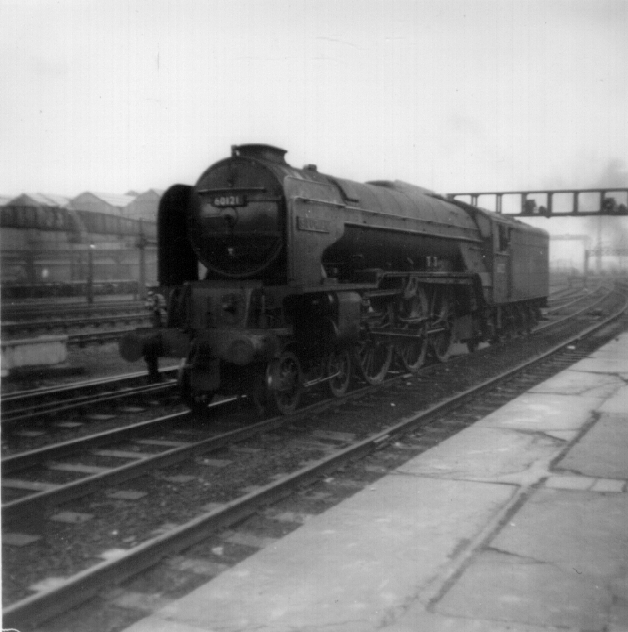
Coming from the North East I have to say that I think Thompson’s A1 Pacifics were one of the most handsome and certainly most powerful engines to grace the East Coast Mainline. The photograph above dating from around 1961 shows Silurian, 60121, at the south end of Darlington Station (light engine), waiting for the right of way back to its Home Shed 50A, York.
I am very impressed with my Bachmann A1 models which seem to both capture the character and the power of the prototype engines. Having said all that I still found it necessary to make a few alterations to improve their tractive effort
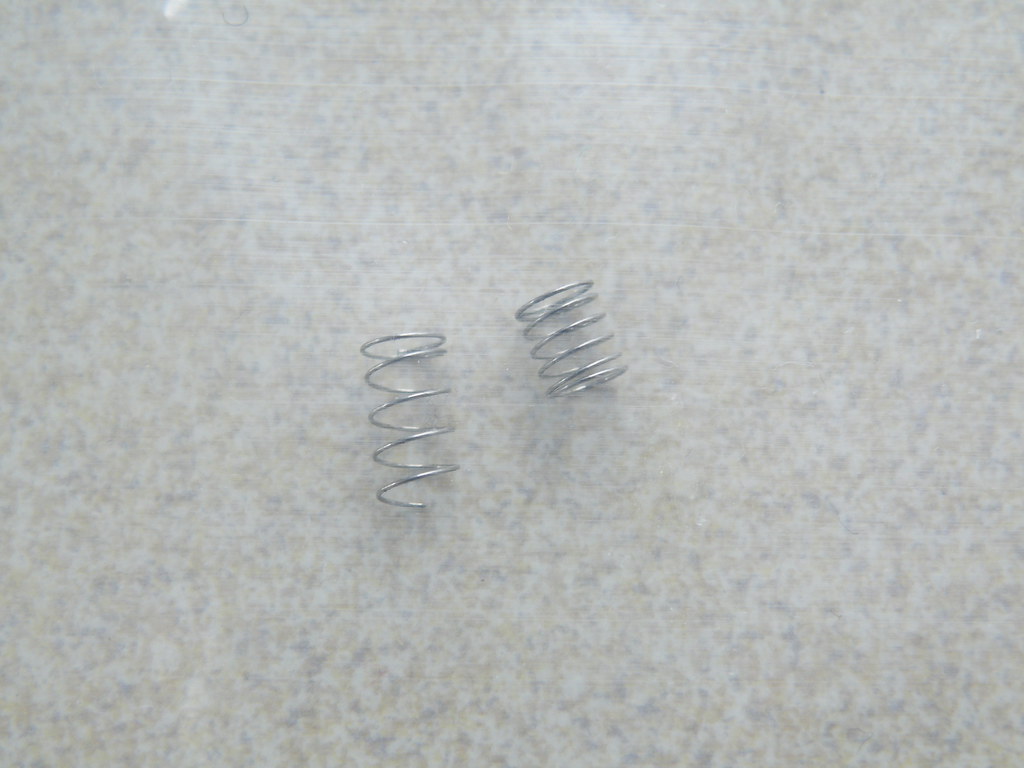
The first and most obvious alteration to make is to remove the two springs, one from the front bogie, and the other from the Cartazzi Axle. This way the full weight of the model engine is applied to the six driving wheels.
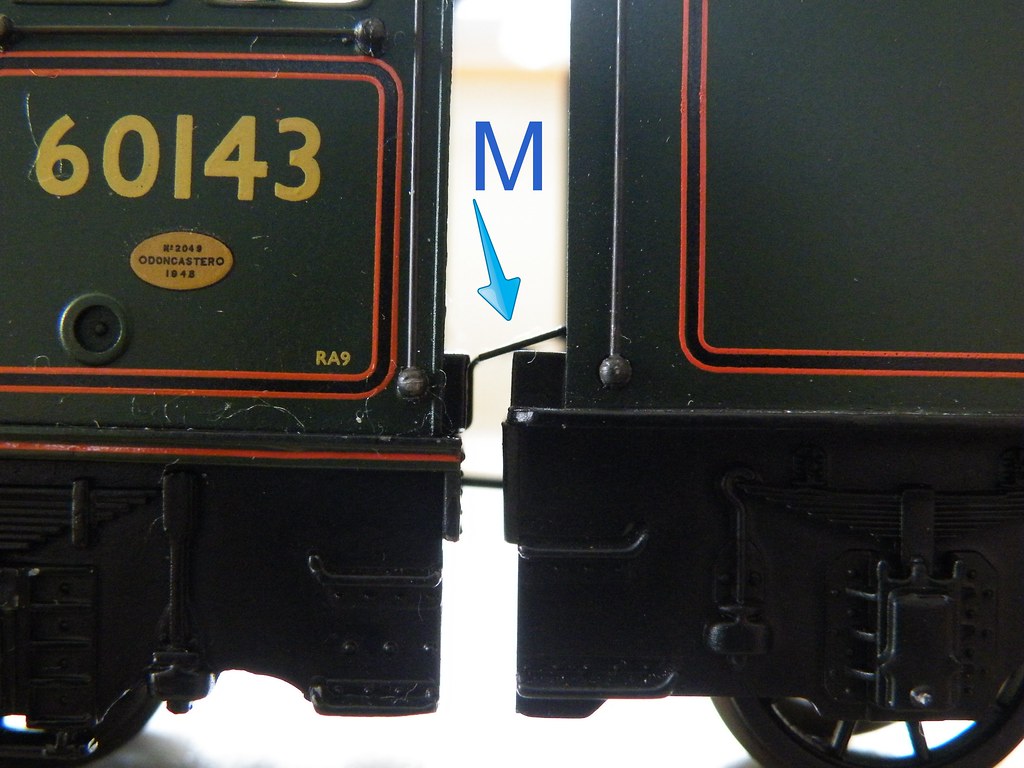
At the same time you should check that rear of the engine is not resting on the tender. Straight out of the box from Bachmann in a number of cases the cab ‘fall plate’ was resting on the tender (labelled M). Supporting the engine from off the tender is not a good idea and prevents the rear driving wheel from making full contact with the track, drastically reducing tractive effort. You might also find that with the engine resting on the tender there is a tendency to derail on small radius points.

The fall plate is shown more clearly above. It can either be completely removed or it can be bent up out of the way.
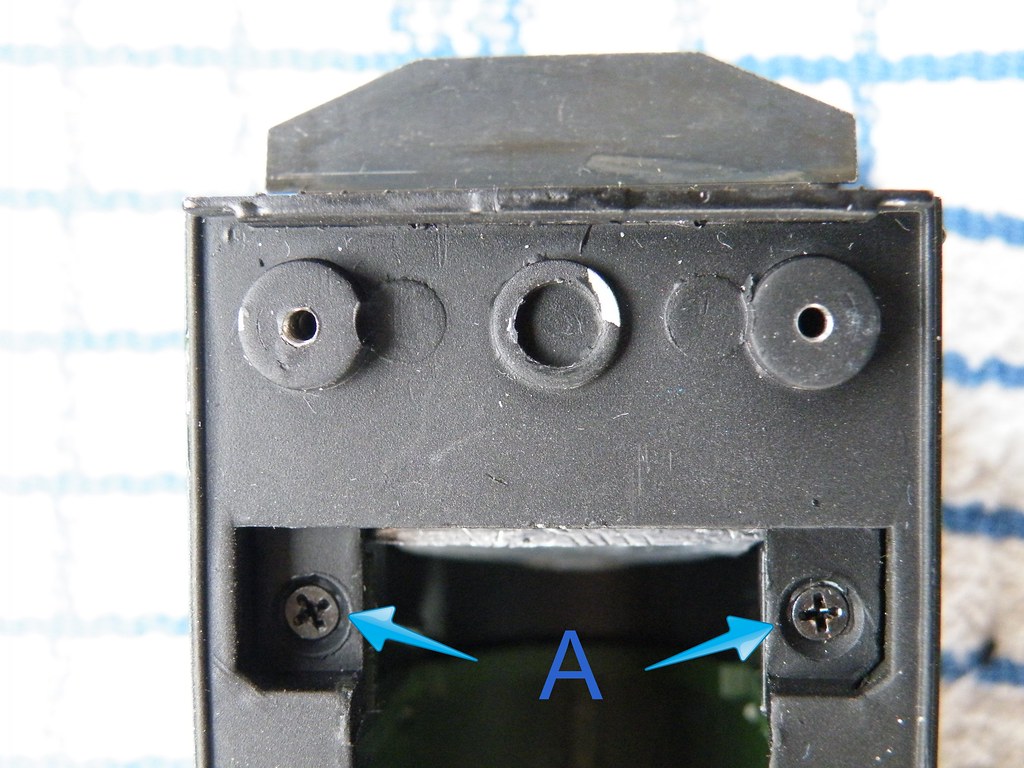
With the engine turned upside down the two screws labelled ‘A’ should be slackened off to loosen the cab and hence allow the fall plate to be extracted (permanently or simply to alter its shape). The fall plate is very stiff metal (steel?) and it is not a good idea to try bending it whilst still attached to the engine.

The above task is made easier by first removing the locomotive body. With the body removed it is a relatively easy task to add a little extra lead ballast to the back of the cab labelled ‘C’ and into the open boiler space labelled ‘B’. A word of caution – the Bachmann A1 is already a heavy engine. Too much lead added into the boiler will make the engine ‘front heavy’. This will cause the rear driving wheels to lift from the track, negating any benefits from adding the extra weight.
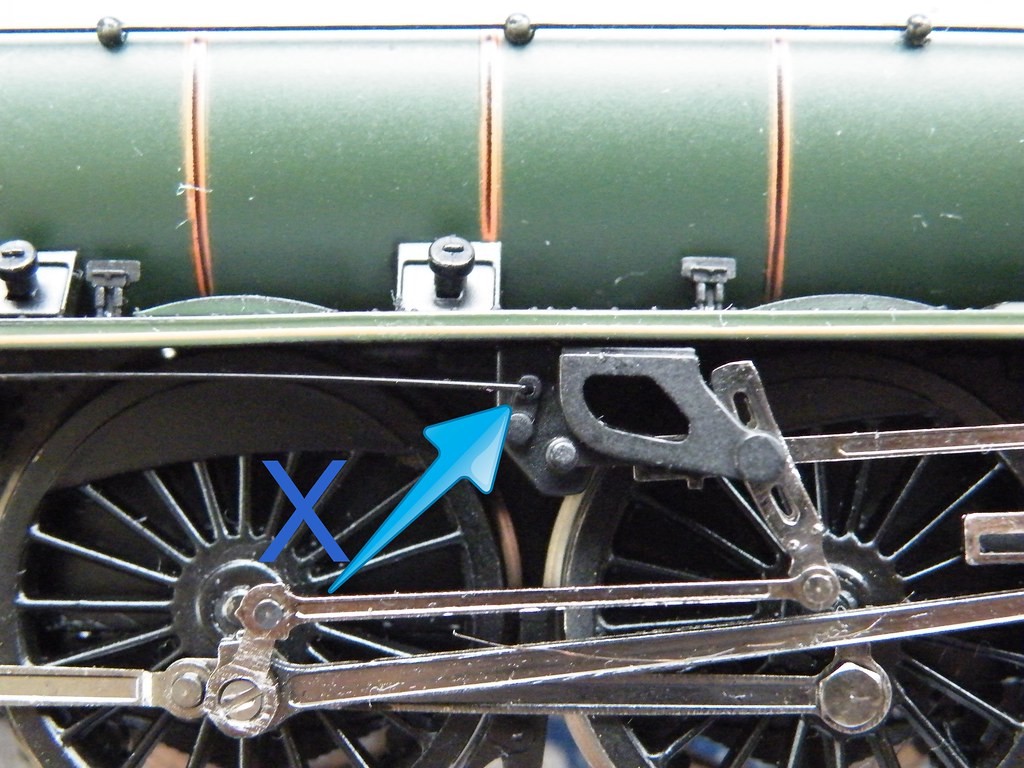
Two reminders: first - the wire at X needs disconnecting from the chassis before attempting to remove the body. It should just lift out from the chassis.
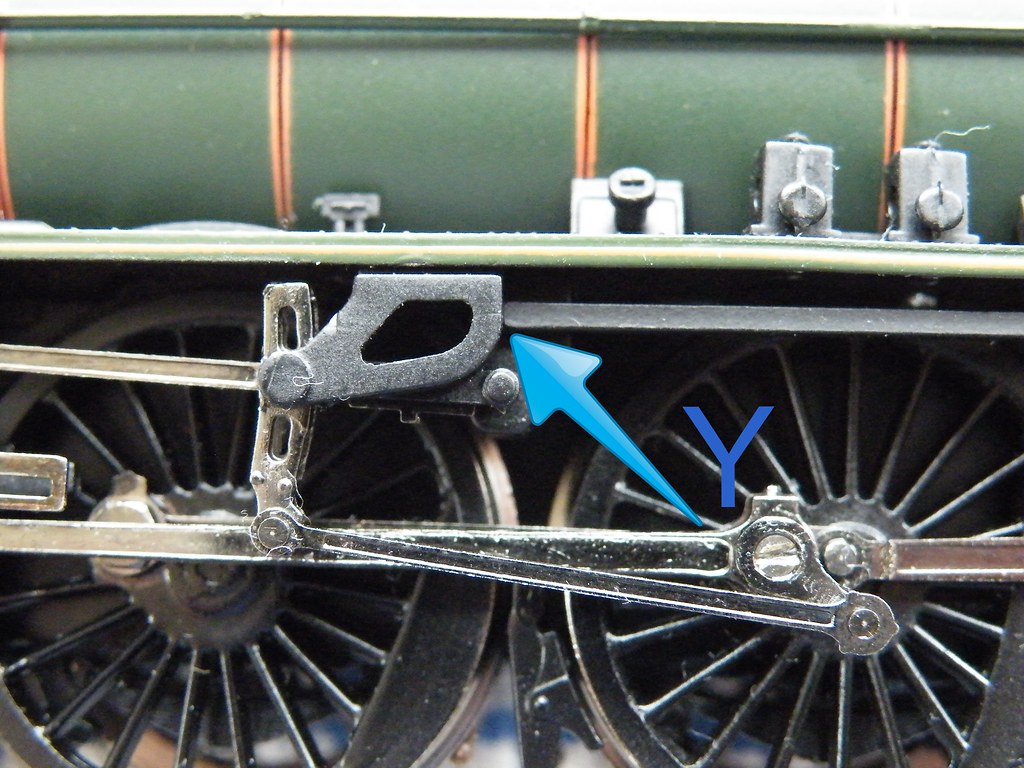
Second - when reassembling the body and chassis it is necessary to ensure that the reversing lever ‘Y’ is tucked into the correct slot behind the motion bracket.
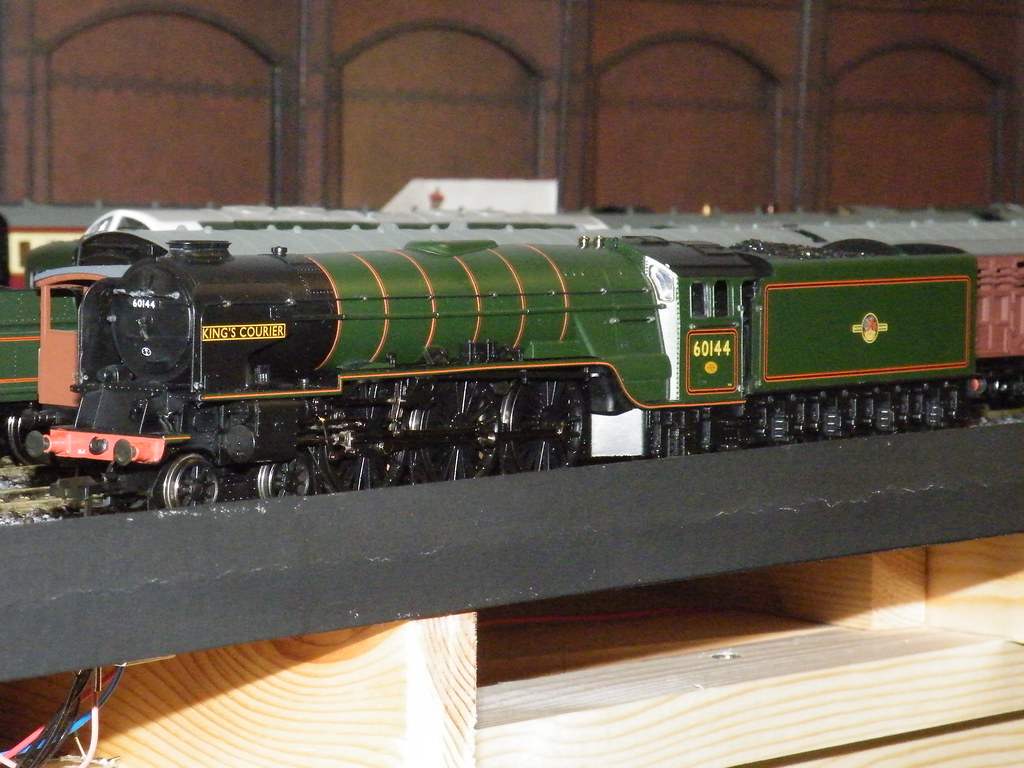
One of my favourites – Kings Courier, 60144. This model was purchased ‘mint’ off eBay and arrived with one of the smoke deflectors loose in the box.

Aberdonian, 60158, another favourite and my oldest Bachmann A1. There are numerous threads on the ‘web’ about this model being underpowered and motors overheating. Certainly the motor in this model is much the smallest of my Bachmann models and lacks the torque of King’s Courier. However my model doesn’t overheat and with the added ballast it performs nearly as well as the later models – must have been lucky.
There are two old videos on YouTube comparing the engines:
PS It looks as though I shall have to invest in a feather duster like other good photographers.
-
 4
4


.thumb.jpg.60c53fcbcaa34017b05b8919d1a9e6d2.jpg)

11 Comments
Recommended Comments
Create an account or sign in to comment
You need to be a member in order to leave a comment
Create an account
Sign up for a new account in our community. It's easy!
Register a new accountSign in
Already have an account? Sign in here.
Sign In Now